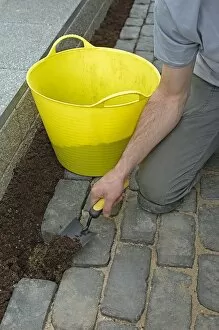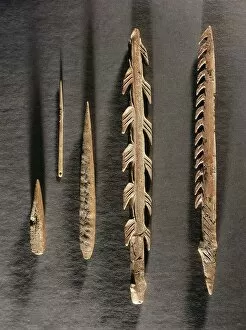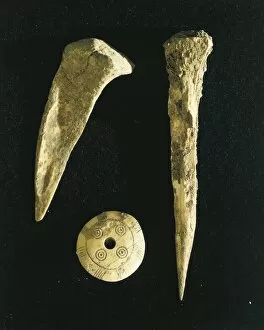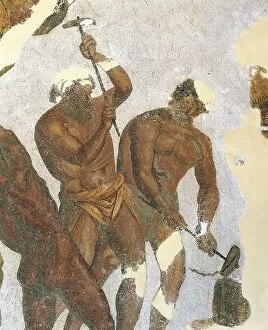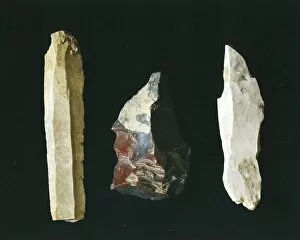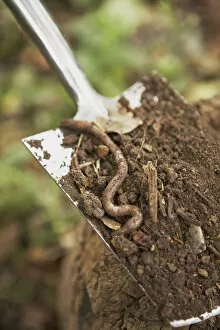Work Tool Collection (page 8)
"Unearthing the Past: A Journey through Work Tools" Step into a retro-style desert scene, where an old gas station stands tall amidst towering saguaro cacti
All Professionally Made to Order for Quick Shipping
"Unearthing the Past: A Journey through Work Tools" Step into a retro-style desert scene, where an old gas station stands tall amidst towering saguaro cacti. Witness the power of work tools as they transform mundane tasks into remarkable feats. In one corner, a determined individual wields a wallpaper steam stripper and scraper with precision, effortlessly removing layers of time from walls. The hand holding a tile in a tile cutter showcases the artistry involved in creating beautiful spaces. Travel back to 1896 through an engraving depicting stilt houses, reminding us that even then, innovative tools were shaping our world. Calipers stand as symbols of accuracy and measurement, guiding craftsmen towards perfection. A black and white digital illustration reveals the intricacies of a surform rasp - its sharp teeth carving paths to smoothness. Meanwhile, we glimpse into history with the circular planing machine used during the construction of London's iconic Crystal Palace in 1851. Nature itself becomes part of this narrative when we witness a black-striped capuchin using rocks as tools to crack open palm nuts – showcasing intelligence beyond human comprehension. And on another front, we find empowerment as women change flat tires on cars; their determination defying stereotypes. The Persberg Mines in Sweden remind us that work tools have been instrumental in extracting precious resources from deep within the earth for centuries. A wood engraving from 1877 unveils the principle behind camera obscura – capturing moments forever etched in time. Finally, La Fontaine's Fables teach valuable lessons through "The Miser and his Friend, " illustrating how they can be misused or shared for collective growth. Through these glimpses into history and everyday life alike, it becomes evident that they are not mere objects but conduits for progress and creativity – bridging gaps between past achievements and future possibilities.







